Climate Crisis Turns Up Heat On Marginalized Communities
May 23, 2022

It is not terribly difficult to connect the damaging impacts of the climate crisis to greed, neglect, and racism. This thirst for profit and power is never quenched. The damage it causes impacts all of us, none more so than people of color.
During a late-March environmental justice forum sponsored by the Rhode Island Sierra Club, Jesus Holguin, a member of the city of Providence’s Racial and Environmental Justice Committee, noted many of the practices that created and continue to feed the climate crisis are more harmful to front-line communities.
“We know that climate change is the Earth’s cry for help,” said Holguin, a Providence resident and environmental justice advocate. “[W]e know that this work starts with acknowledging the state-sanctioned violence that has and continues to harm people and the land. Environmental justice starts with stopping the bad and holding politicians, municipalities, and corporations accountable.”
Author Eve Darian-Smith, in her recent book “Global Burning: Rising Antidemocracy and the Climate Crisis,” challenges readers to confront the interlocking powers that are ensuring our future ecological collapse.
“Climate change didn’t just happen as part of a natural process,” wrote Darian-Smith, chair of the Department of Global and International Studies at the University of California, Irvine. “[I]t is a direct consequence of some people — primarily white Euro-American men — abusing and exploiting the earth’s resources over many centuries.”
Mary Annaïse Heglar, an environmental justice essayist and the co-host of the Hot Take podcast, contends climate change is the direct product of racism.
“It started with conquest, genocides, slavery, and colonialism,” she wrote in a 2019 essay. “That is the moment when White men’s relationship with living things became extractive and disharmonious. Everything was for the taking; everything was for sale. The fossil fuel industry was literally built on the backs and over the graves of Indigenous people around the globe, as they were forced off their land and either slaughtered or subjugated … it was no accident.”
While the climate crisis is an obvious environmental issue, it is also an economic matter that makes most everyone poorer, especially those already struggling against other environmental injustices.
The National Association for the Advancement of Colored People emphatically ties the impacts of the climate crisis to certain groups of people.
“Environmental injustice, including the proliferation of climate change, systematically impacts communities of color and low-income communities in the U.S. and around the world,” according to the Baltimore-based organization. “Environmental and climate justice is a civil rights issue. We all depend on the physical environment and its bounty.”
Miguel Sanchez, a 23-year-old Providence resident and City Council candidate, is concerned that if climate change mitigation efforts are watered down and not enough is done now to address the escalating emergency, his generation and those that follow will shoulder the load.
He believes the city and the state need to be more aggressive with their efforts to reduce greenhouse gas emissions.
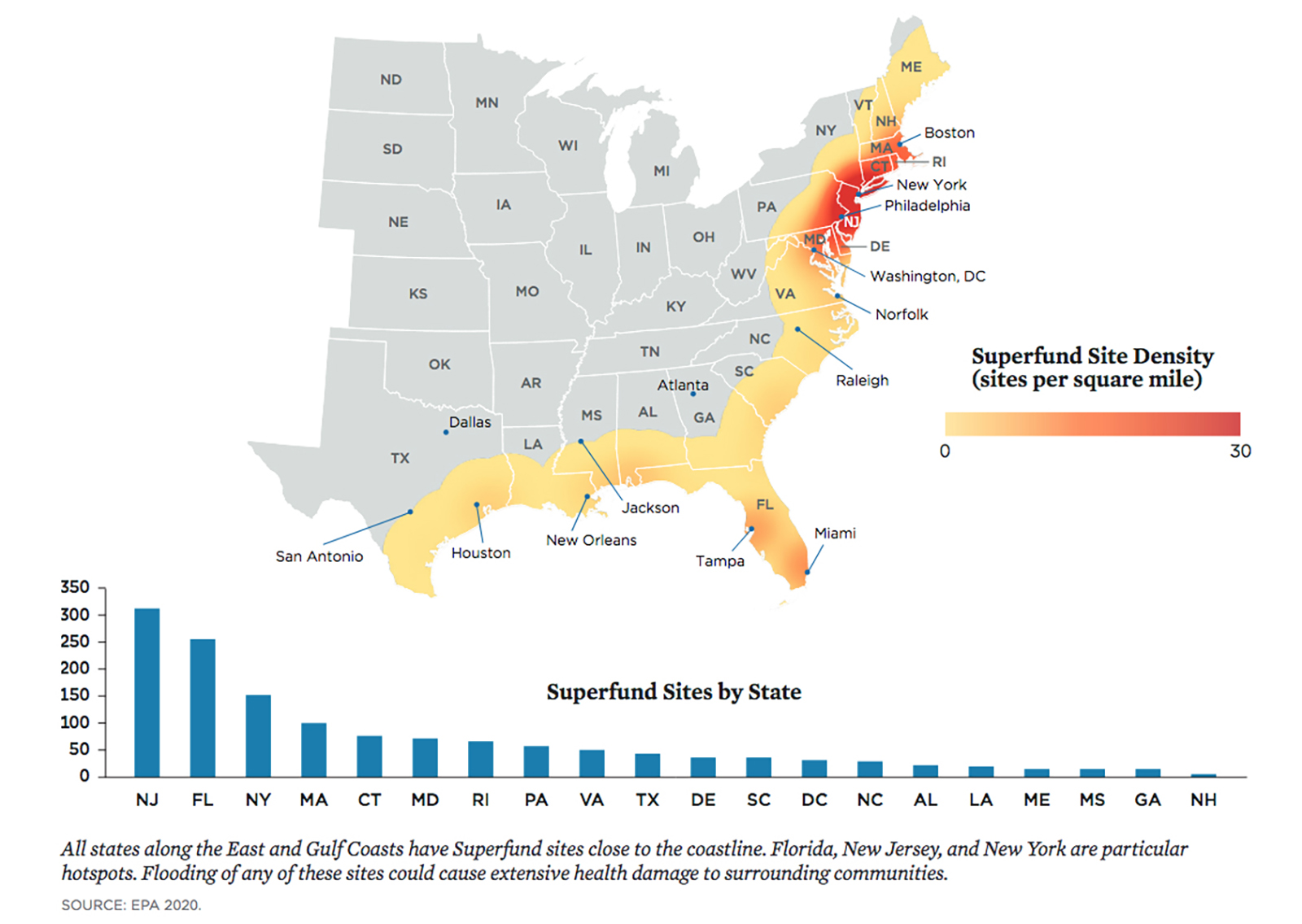
Unfortunately, the callous response to the burgeoning climate crisis has baked in more environmental injustices for a greater number of people. The relentless burning of fossil fuels, the devouring of finite resources, rampant pollution, and humankind’s disrespect of the natural world, and each other, is hurling us toward societal collapse.
A 2020 white paper found that some 2,000 Superfund sites along the East Coast and Gulf Coast are at risk of flooding because of sea-level rise.
“Millions of people live near these sites, and flooding could bring them into contact with hazardous chemicals,” according to the Union of Concerned Scientists paper. “The areas near Superfund sites are disproportionately populated by communities of color and low-income communities.”
Rhode Island, the smallest state, has the seventh-most Superfund sites of any state along the two coasts. In fact, southern New England is part of a Superfund hot spot that stretches from Washington, D.C., to Boston.
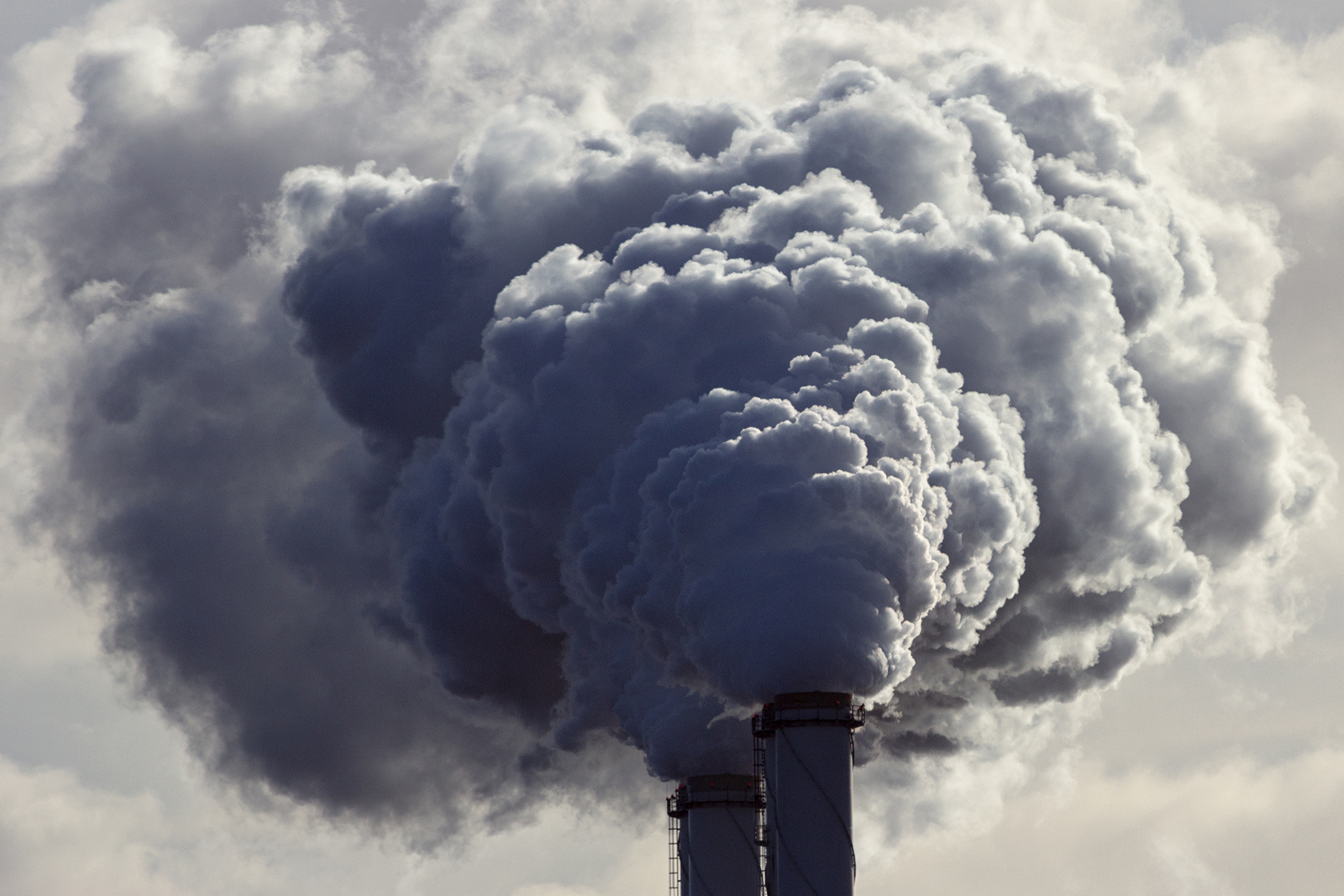
Deadly addiction
Despite reams of information about the dangers of burning fossil fuels, humankind can’t kick the habit. The profiteers won’t let it happen.
Last year, for example, global carbon emissions rose to their highest levels in history, to 36.3 billion tons, according to the International Energy Agency. Coal accounted for more than 40% of that overall growth, reaching an all-time high of 15.3 billion tons. Carbon emissions from natural gas rebounded well above their pre-pandemic levels to 7.5 billion tons.
In fact, last year marked the 10th consecutive one that carbon dioxide increased by more than 2 parts per million (ppm), which represents the fastest sustained rate of increase in the 63 years since monitoring began, according to the National Oceanic and Atmospheric Administration (NOAA).
The current recorded amount of CO2 in the atmosphere is 421.46 ppm — well beyond the 350 ppm that climate scientists have deemed safe for humans.
“The effect of carbon dioxide emissions is cumulative,” according to Pieter Tans, a senior scientist with NOAA. “About 40% of the Ford Model T emissions from 1911 are still in the air today. We’re halfway to doubling the abundance of carbon dioxide that was in the atmosphere at the start of the Industrial Revolution.”
Last year was also a banner one for methane (natural gas), a powerful, heat-trapping greenhouse gas (GHG) that is the second-biggest contributor to human-caused global warming after carbon dioxide. About 640 million tons of it was released into the atmosphere in 2021, according to NOAA.
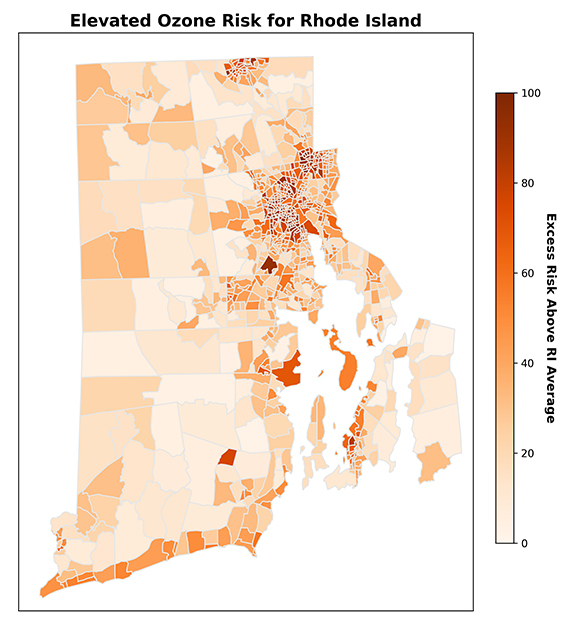
The accumulation of carbon dioxide, methane, and other greenhouse gases matters because climate change — fueled by the burning of fossil fuels — is a threat to everyone’s physical and mental health, the air we breathe, the water we drink, the food we eat, the shelter we live in, and the biodiversity we depend on.
It doesn’t require further study to comprehend the fact socially and economically disadvantaged groups are shouldering and will shoulder the greatest risks associated with a warming planet.
Impoverished communities, which often lack health insurance and thus access to quality medical care, have higher rates of health conditions such as asthma, chronic obstructive pulmonary disease, diabetes, and heart disease. Warming temperatures result in more pollen and smog, which can worsen the first two. Heat stress can exacerbate the latter two.
A study published in January in Environmental Research found that within the Northeast intense heat was focused in areas with lower incomes, more vulnerable populations, and higher proportions of racial and ethnic minorities.
The study’s authors found neighborhoods with high proportions of Latino, Black, and Asian populations faced temperatures several degrees warmer than average, with the most intense heat focused in areas with large Latino populations. Neighborhoods that were “whiter, wealthier and more racially homogenous” stayed cooler.
“Even though climate change is something that we’re all going to experience, we don’t all experience it the same way,” University of Utah sociology doctoral student Roger Renteria, lead author on the study, told ecoRI News last summer. “There [are] communities that experience it at much higher extremes and also don’t have the resources to try to combat it.”
As the climate crisis intensifies, the Northeast is expected to see some of the greatest regional warming within the United States, according to the U.S. Global Change Research Program. National Aeronautics and Space Administration data show 19 of the planet’s hottest years have occurred since 2000. Urban areas are bearing the brunt of this warming by absorbing and trapping heat inside a dense landscape built upon concrete and asphalt and lacking significant tree canopy and green space.
Three years ago another team of researchers found that increasing temperatures due to climate change are threatening to reverse the decrease in near-ground ozone pollution and increase the number of days where surface ozone levels become dangerous.
Worldwide, ozone pollution is responsible for hundreds of thousands of premature deaths and tens of millions of asthma-related emergency room visits annually, according to the 2019 study.
“To combat ozone pollution globally, more aggressive reductions in fossil fuel consumption are needed to cut NOx [nitrogen oxides] and VOCs [volatile organic compounds] as well as greenhouse gas emissions,” the study’s authors wrote. “Meanwhile, preventive and therapeutic strategies are needed to alleviate the detrimental effects of ozone especially in more susceptible individuals.”
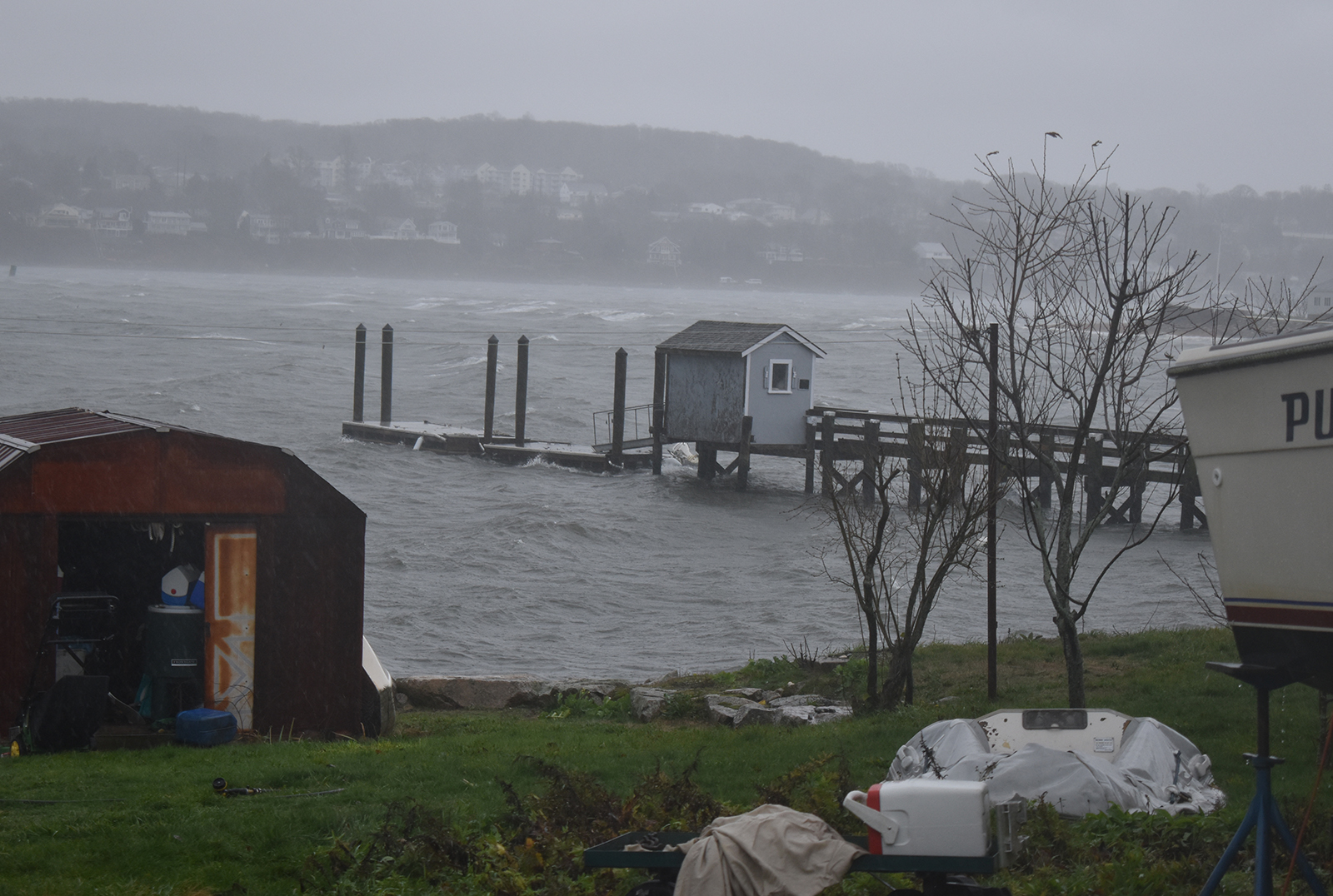
Extreme weather
While climate change cannot be conclusively linked to any particular storm, global warming is making droughts, heat waves, wildfires, heavy precipitation, floods, and hurricanes more frequent and intense.
These increasingly powerful storms jacked up on GHG cause injury and death and disrupt electrical power, water/waste systems, and transportation. Changes in precipitation patterns and warming waters breed illness by creating conditions that allow bacteria, parasites, viruses, and toxic algae to bloom.
And when these hydrocarbon-fueled natural disasters hit and their consequences linger, the impacts are not equally shared.
Impoverished communities — which are less responsible for climate change yet bear disproportionate risk — are more vulnerable because their residents likely live in subpar housing with no air conditioning, drafty windows, scant insulation, water damage, and mold. They can’t flee to Cancun when the power goes out. They may not have access to transportation to evacuate as a superstorm bears down. And it’s much more difficult for them to relocate after disaster strikes.
But those with stable housing and financial security are also feeling the impacts of a warming world, as are the other living things humans share this world with.
In 2020, the cost to U.S. taxpayers from extreme weather events was $99 billion, according to the Center for American Progress. About a million plant and animal species are at risk of extinction around the world because of climate change, according to the Washington, D.C.-based policy institute.
Between 2017 and 2021, three tropical cyclones, two severe storms, and two winter storms that impacted Rhode Island led to losses of at least $1 billion, according to NOAA. Superstorm Sandy’s glancing blow in 2012 caused $11.2 million in damages.
State of the Global Climate 2021, a report recently released by the U.N.’s World Meteorological Organization, found droughts and floods triggered food price rises that have been exacerbated this year. The report also noted the past seven years have been the hottest recorded.
Extreme weather, which the agency referred to as the “day-to-day face” of the climate crisis, led to hundreds of billions of dollars in economic losses, wreaked a heavy toll on human lives and well-being, and triggered shocks for food and water security.
“Today’s State of the Climate report is a dismal litany of humanity’s failure to tackle climate disruption,” António Guterres, the secretary general of the United Nations, said during the May 18 announcement of the 57-page report. “Fossil fuels are a dead end — environmentally and economically. The only sustainable future is a renewable one.”
The Supreme Court — which, in April, revived a Trump administration ruling that weakened the Clean Water Act and severely limited the ability of states and Indigenous tribes to restrict projects that would damage the environment and thus public health — could soon hamper the Environmental Protection Agency’s ability to regulate greenhouse gas emissions. The case before it is West Virginia v. Environmental Protection Agency.
West Virginia and 27 other states, most of them Republican-led, are challenging the EPA’s authority under the Clean Air Act to regulate carbon dioxide from power plants. If the Supreme Court agrees, that would likely leave the EPA effectively powerless to regulate climate change.
Profit over people will continue to make everyone and just about everything sicker, starting with the voiceless and the already marginalized.
To view the series, click here.

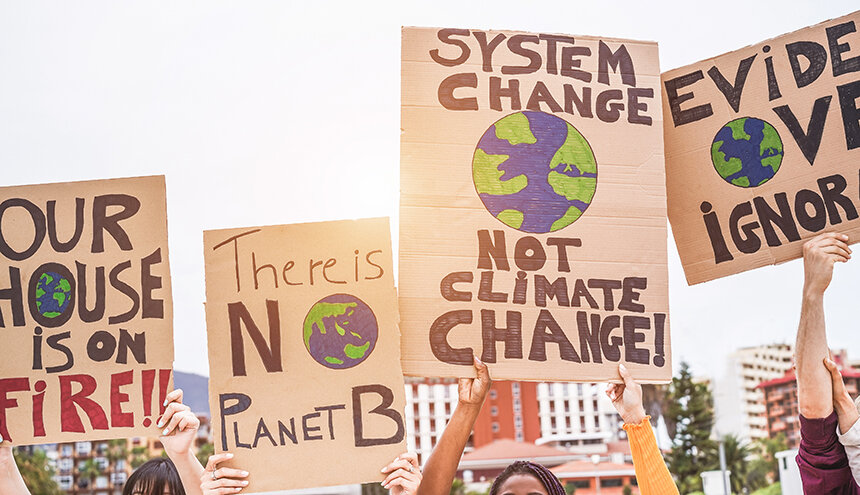
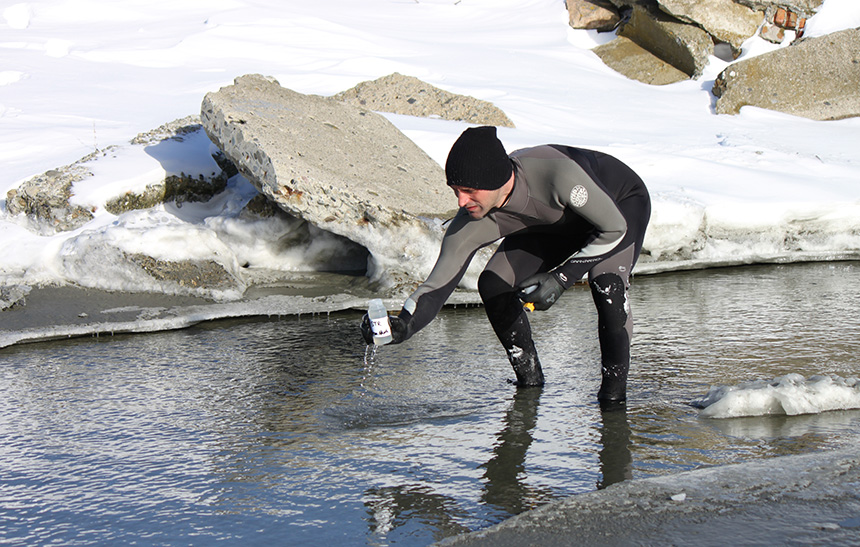

I hate to disagree with Frank whom I admire so much, but I think his emphasis about the effects of climate change being predominantly on people of color is both misleading and politically counterproductive.
Rather than explicitly blaming the crisis on Europeans and/or white people as some in the post did, I think a far better message to actually get action is that all of humanity is at risk from climate change. Indeed, climate change impacts wealthy shoreline property owners from sea level rise, middle class suburbs from flooding, farmers and ranchers from drought, rural residents (and their utilities) from wildfires, even insurance companies from more claims, and all of us from higher prices due to climate disasters of all types. For the climate fight we are indeed all in it together
Barry, I totally agree with your comments. Everyone to varying degrees is responsible for the climate crisis and everyone has to be part of the solution. The point I was trying to make (and perhaps I didn’t do a good enough job) was that people of color, the poor, elderly, and other often-marginalized populations have and will shoulder a higher burden when it comes to flooding, wildfires, health impacts, and all the other challenges wrapped up in climate change. The problem was born out of the abuse of people and the environment, and that remains the problem to this day.